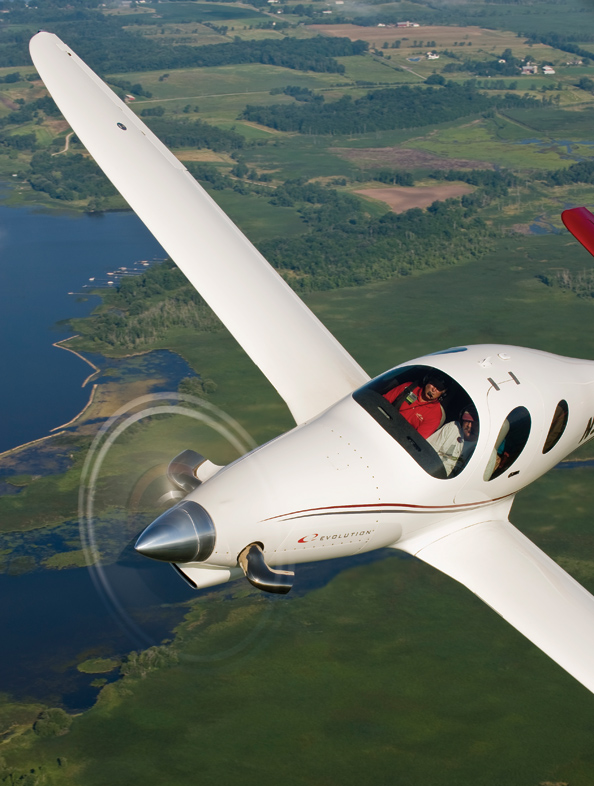
Imagine that you are an avid amateur airplane builder. You even have a sharp looking “fast glass” homebuilt in your hangar. But imagine further that you really want to upgrade to something even better, something even faster, something that will truly challenge your skills as a builder, but not so much that the project risks never being completed. Essentially, you are searching for the ultimate upgrade.
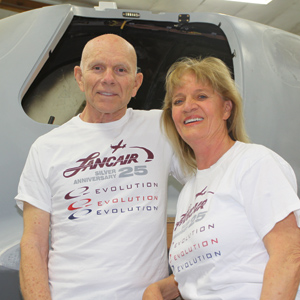
Wendell and Martha Solesbee. They’re still standing… and still smiling.
If the Lancair Evolution begins taking shape in your mind as you read this, you are on the same page as Wendell and Martha Solesbee.
They like airplanes. They like to fly them, and they like to build them. So when Lancair came out with the new Evolution, it would be only a matter of time before they decided to upgrade from their Lancair IV-P. Interestingly, it was Martha, an instrument-rated pilot, who was the driving force behind the decision. Over the course of several articles outlining the build process we will get to know the Solesbees and see their new airplane take shape.
Merit Badge
Wendell earned his license in 1966 and flew with his family in rented Cessna 172s for a few years. Around 1969 he built a bamboo and plastic hang glider from plans in a Boy Scout magazine. It didn’t last long, so he bought several Dacron and aluminum hang gliders for the family to fly. This was back in the early days of hang gliding, when Chris Wills and his brothers were tearing up the sky with their new contraptions, Wills Wings. From there he moved into sailplanes and continued to rent powered airplanes. After flying sailplanes for a while, Martha got her license, too. By 1989 they were ready to leave renting behind, so they bought a Beech A36 Bonanza. It is a great cross-country airplane, but Wendell wanted something to use for light aerobatics and to just have fun. That started them looking at Experimental/Amateur-Built aircraft.
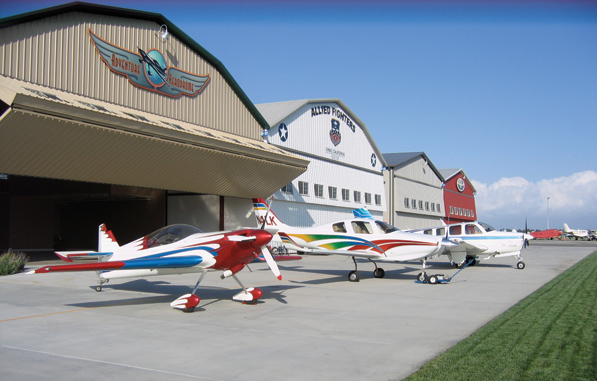
You know you’ve done well in business when this is your family fleet. Left to right, the Giles G200, the Lancair IV-P and a Bonanza.
The Solesbees entered the world of amateur-built aviation by purchasing an RV-4 that someone else built. With aerobatics very much in mind, Wendell fitted his new airplane with an inverted oil system. The RV was great for loops and rolls and other positive G maneuvers, but it didn’t fly upside down very well. This prompted to him build a Giles G200, a 10 G fully aerobatic homebuilt. His efforts earned him a bronze Lindy at Oshkosh, and gave him an honest-to-goodness aerobatic airplane. The sensitivity of the Giles, compared to the Bonanza he was used to flying, really surprised him and took some major adjustments, but Wendell is not one to give up easily. He learned to tame the Giles and became reasonably proficient as an aerobatic pilot. Unfortunately, the Giles gets little use anymore. It is a great fun plane, but it isn’t much of a traveling machine. A host of other interests, and more recently building the Evolution, have conspired to rob him of spare time for aerobatics.
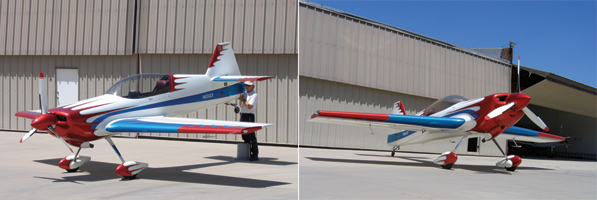
Light makes right. Wendell’s Giles G200 is a stunner, with superlative performance and outstanding workmanship.
Under Pressure
The Lancair IV-P next tempted the Solesbees back to airplane building. As many others, they were seduced by the blinding speed of the Lancair flagship. Their Bonanza is no slouch in that department, but it looks like a Yugo with a flat tire compared to the Lancair. Of course, the Lancair IV-P comes with a warning: Some assembly required. Four and a half years later their pride and joy made its first flight. It too is an award winner, with two Grand Champion and two Reserve Grand Champion awards to its credit. Wendell’s years of custom car work and his experience running a successful paint and body business is evidenced in the workmanship of these two airplanes. The craftsmanship is simply superb.
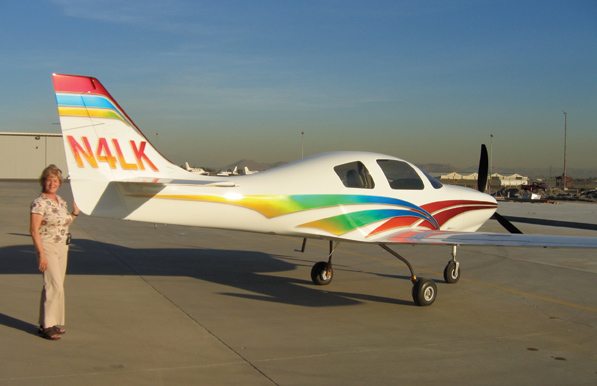
The Solesbees’ previous homebuilt project is this multi-award-winning Lancair IV-P. Their familiarity with composites and appreciation of the Lancair design caused them to choose the Evolution as their next project.
Flying the Lancair IV-P took some new adjustments to the Solesbees’ flying techniques. The Lancair loves to go fast, and it hates to go slow. Letting your airspeed drop to 80 knots when turning base to final is a one-way ticket to disaster. This quickly becomes apparent to all IV-P pilots, and the Solesbees were plenty sharp enough to avoid learning it the hard way. Careful attention to airspeed and the installation of an angle of attack indicator, which they use religiously, have kept them out of trouble and afforded them the benefits of a truly impressive cross-country airplane without the drama experienced by some of their compatriots.
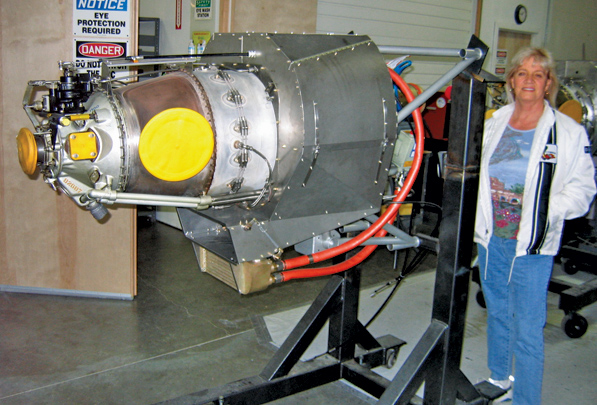
The lump. Moving up to the Evolution meant finding a Pratt & Whitney PT6-A turbine.
When the Lancair IV-P took to the sky it was arguably the ultimate cross-country airplane. With its speed—claimed to be nearly 300 knots true by Lancair, but a more realistic 250 KTAS for most owners—it could eat up real estate like no other piston-powered plane, certified or homebuilt, single or twin. It was simply the fastest thing you could buy that didn’t burn kerosene, and it would hold its own against more than a few airplanes that did. But that speed came at a price. The Lancair was tight on space, and it was light on useful load for a four-place airplane. As they say, there is no free lunch. If you want to go really fast, you must make some sacrifices. The popularity of the Lancair IV series proves that quite a few people thought the sacrifices were worth it for the benefits they received.
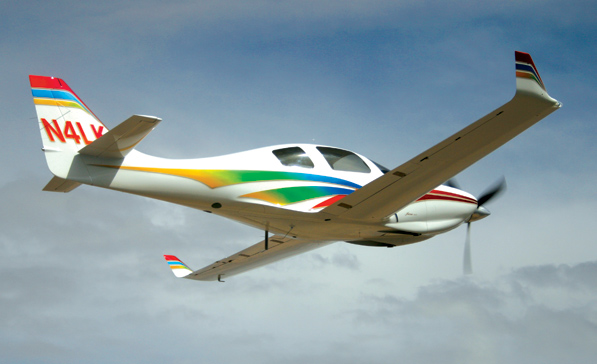
Hard to tell from this vantage point, but the fit and finish of the Solesbees’ Lancair IV-P is unflinchingly good. Their search for a larger, more capable airplane (with more performance than their Bonanza) pushed them in the direction of the Evolution.
Lancair came out with a turbine version of the IV-P, but it proved that you really can have too much of a good thing sometimes. Although the turbine IV was faster and climbed better than the piston version, it was not always a happy marriage of airframe and engine. Considerably thirstier than the Continental normally found under the cowling, the Walter turbine taxed the IV-P’s fuel capacity, so more was added and the maximum-gross weight had to go up in kind. One requirement pushed another until the turbine IV-P had simply moved too far ahead of its roots.
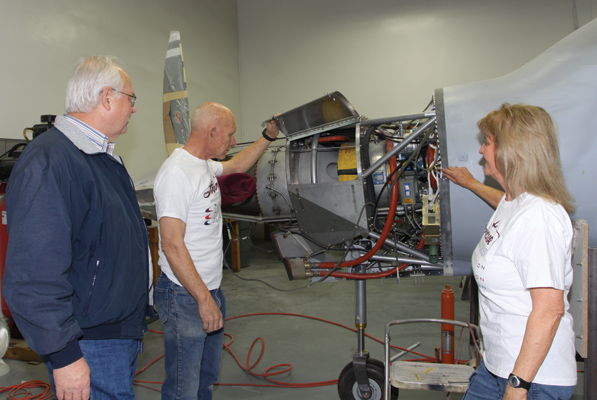
The author visits with the Solesbees during the last few months of the Evolution build.
Lancair went back to the drawing board, taking all of the concerns and desires of its customers into consideration, and came up with an all-new airplane. Lancair’s engineers had learned that builders are not afraid of turbines, but they are afraid of airplanes that fly like fighter jets—tricky handling and a paucity of fuel. They wanted more room and more comfort, but most of all they wanted better and safer handling. The Evolution promised all of that.
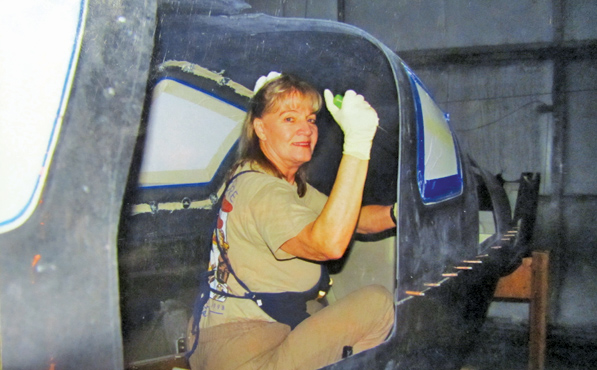
Martha is not just a supportive wife; she is an active participant in the construction of the Lancair IV-P.
Martha Solesbee, a mother of seven, thinks about safety. That is, after all, a parent’s job. She loved the IV-P, but handling was a great concern. When the Evolution came out with a much lower stall speed and better flying qualities, she was sold and went to work on Wendell to sell him. He loved the way the new Evolution prototype flew, which no doubt made Martha happy, but he really loved the speed. The way the kit was put together also impressed him; it promised to be much easier to build than the IV-P. More room, better handling, a 60-knot stall speed and 300+ knot cruise speed—this would be the ultimate upgrade. The Solesbees were convinced. Luckily they were in a position, after many years of business success, to be able to afford it.
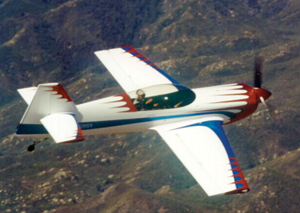
Wendell’s experience with custom cars and his previous project, the Giles G200, prepared him well for the extensive composite work that would be required to build the Lancair.
The list of people who want to and can afford to spend the best part of $1 million on an airplane is rather short. The list of those people who are willing to build such an airplane is even shorter. If we finally factor in some reasonable prerequisites of skill and experience that such a builder should have, we are left with an elite group.
The Solesbees’ experience building the Lancair IV-P proved that they are worthy of such elite status, but what about others who haven’t grown up with tools in their hands? Lancair says that anyone can build an Evolution, which of course can quickly be dismissed as so much sales talk. After all not just anyone can afford it. But how tough is it, really? What level of previous experience is needed to tackle such a seemingly formidable project, assuming the financial issues do not eliminate it from further consideration? As we go through this series of articles we will look at those questions and more to give you some understanding of just where state-of-the art airplane building is, according to Lancair.
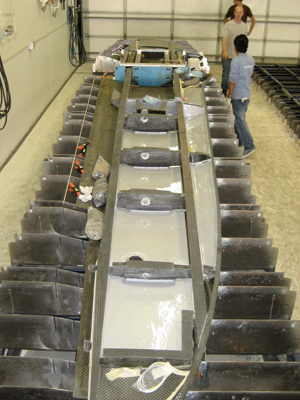
Wendell and Martha availed themselves of the Lancair customer assistance program to help get a head start on the Evolution. But we’re getting a little ahead of the story, which we’ll continue next month.
A Big Step Forward
There is no doubt that the new Evolution kit is light years ahead of the IV-P in terms of refinement and simplicity of assembly—two aspects Lancair paid much attention to and devoted considerable resources into executing successfully. But it is hard to wrap your arms around the idea of building an airplane that will go 300 knots with a 750-horsepower turbine engine, if you have never built an airplane before. Can it be done by amateur builders with minimal experience, or is this a project that most people will have to hand over to a professional builder, maybe not because they want to but because they have to? It is an open secret that many IV-Ps ended up that way. We would be ignoring the elephant in the room if we didn’t also acknowledge that the cottage industry for “ready-built” IV-Ps fulfilled the desires of some well-heeled pilots who had no intention of actually building (this is not unique to Lancair kits). Another kitbuilt pressurized turbine, the Epic, was called out for the company’s insistence that builders work only at the factory—no actual building at home. Lancair is clearly on a more defensible tack. Here is an Evolution truly being built by amateurs.
The Solesbees’ previous success with building shows that they are far beyond the typical first-time airplane builders that Lancair is audaciously courting. Is the Evolution easy enough to build and the factory support good enough to turn the rankest amateur into a bona fide homebuilder of such a sophisticated airplane? We’ll see if the Solesbees’ experience can shed any light on that important question.
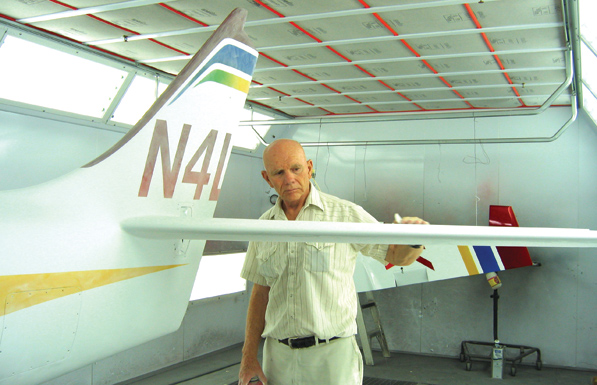
Wendell’s discerning eye and a lot of hard work turned the Solesbees’ Lancair IV-P into a real show plane.
For more information, call 541/923-2244 or visit www.lancair.com.


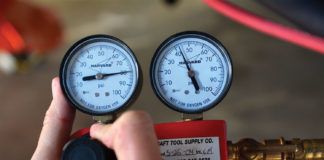
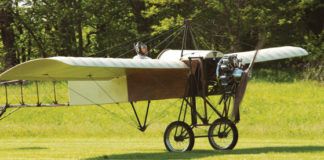
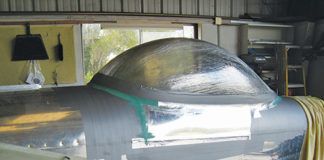
Well written and to the point!
You’ll need to have a roomy place and a good bank account to finance such an endeavor, but my, it looks great!